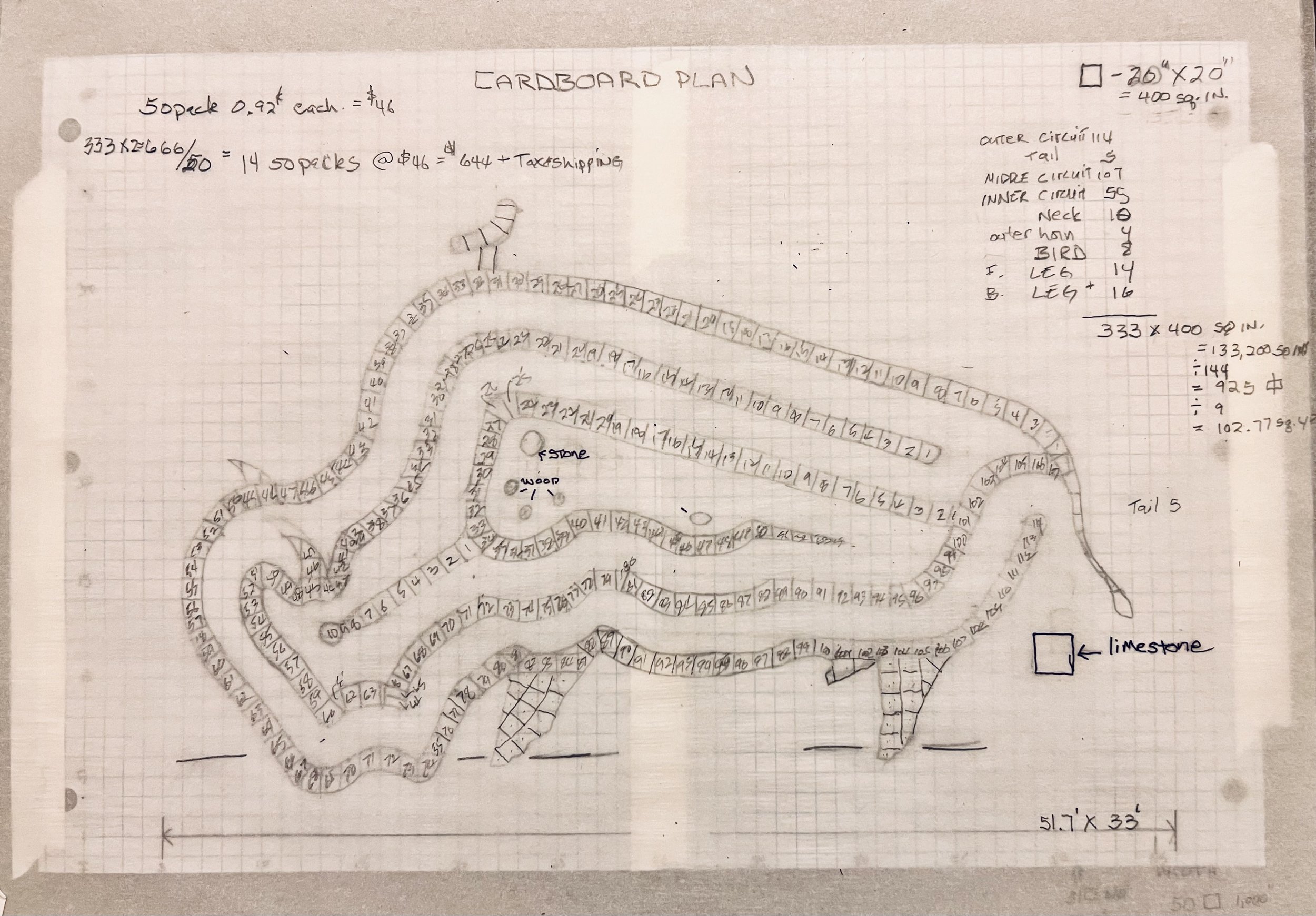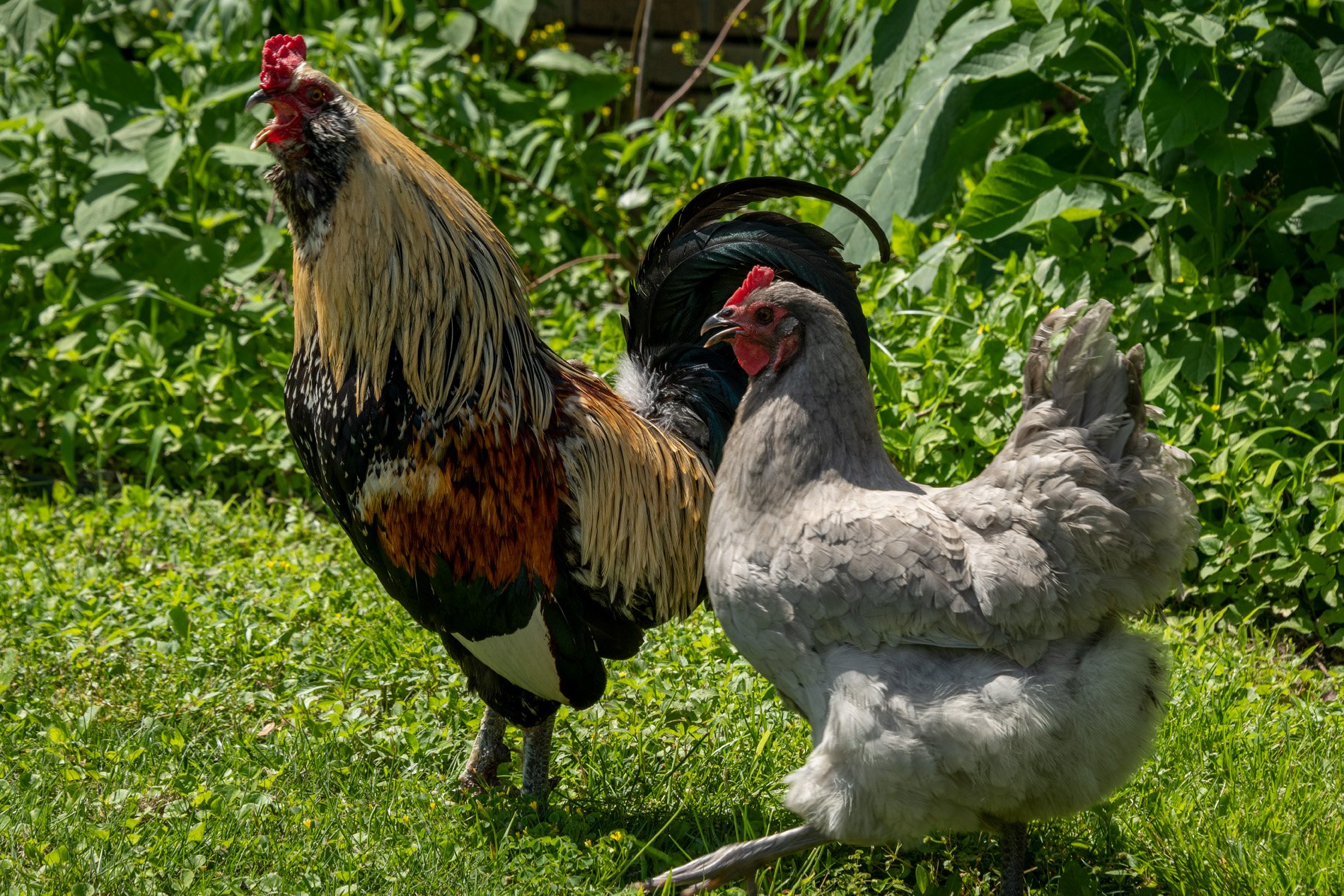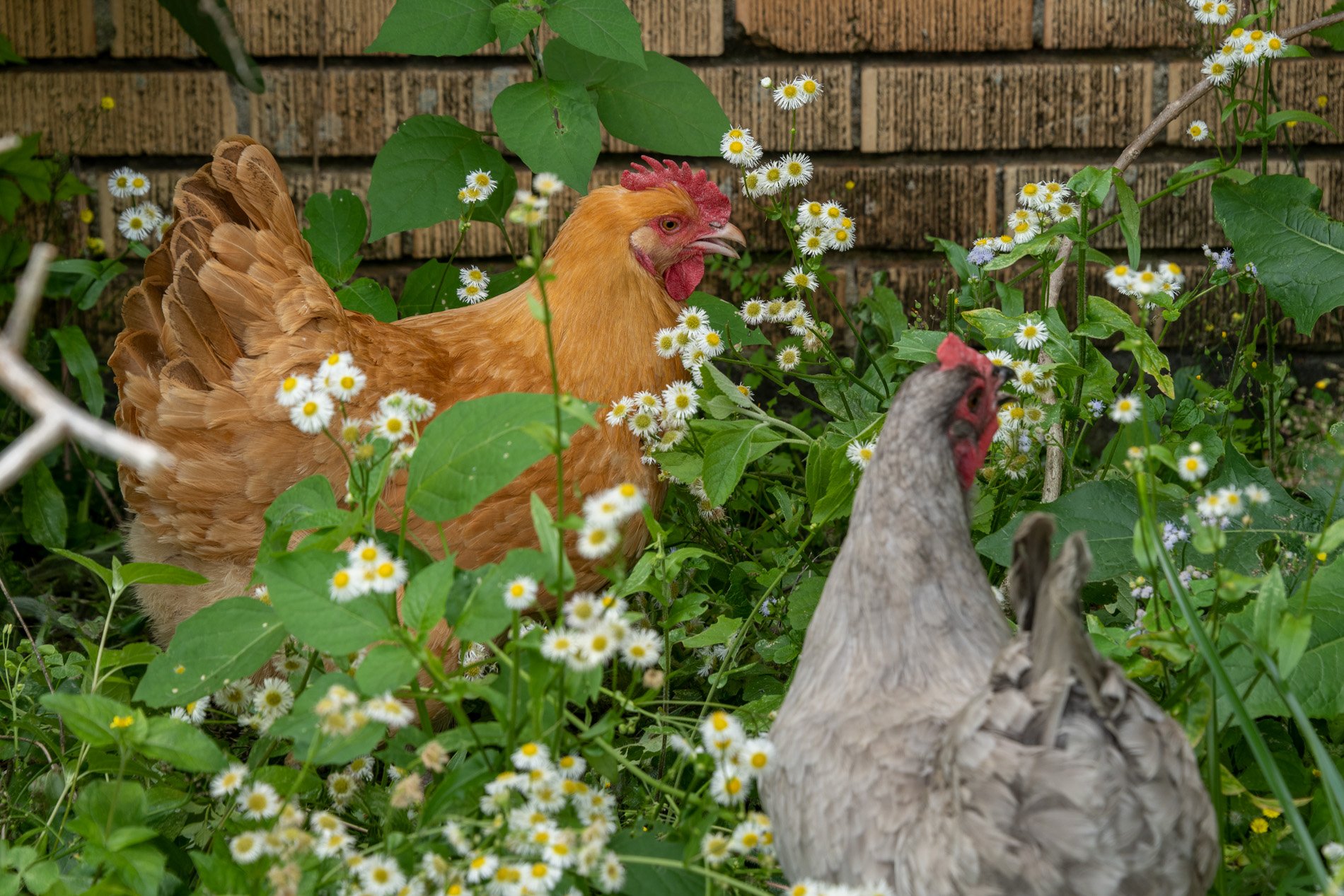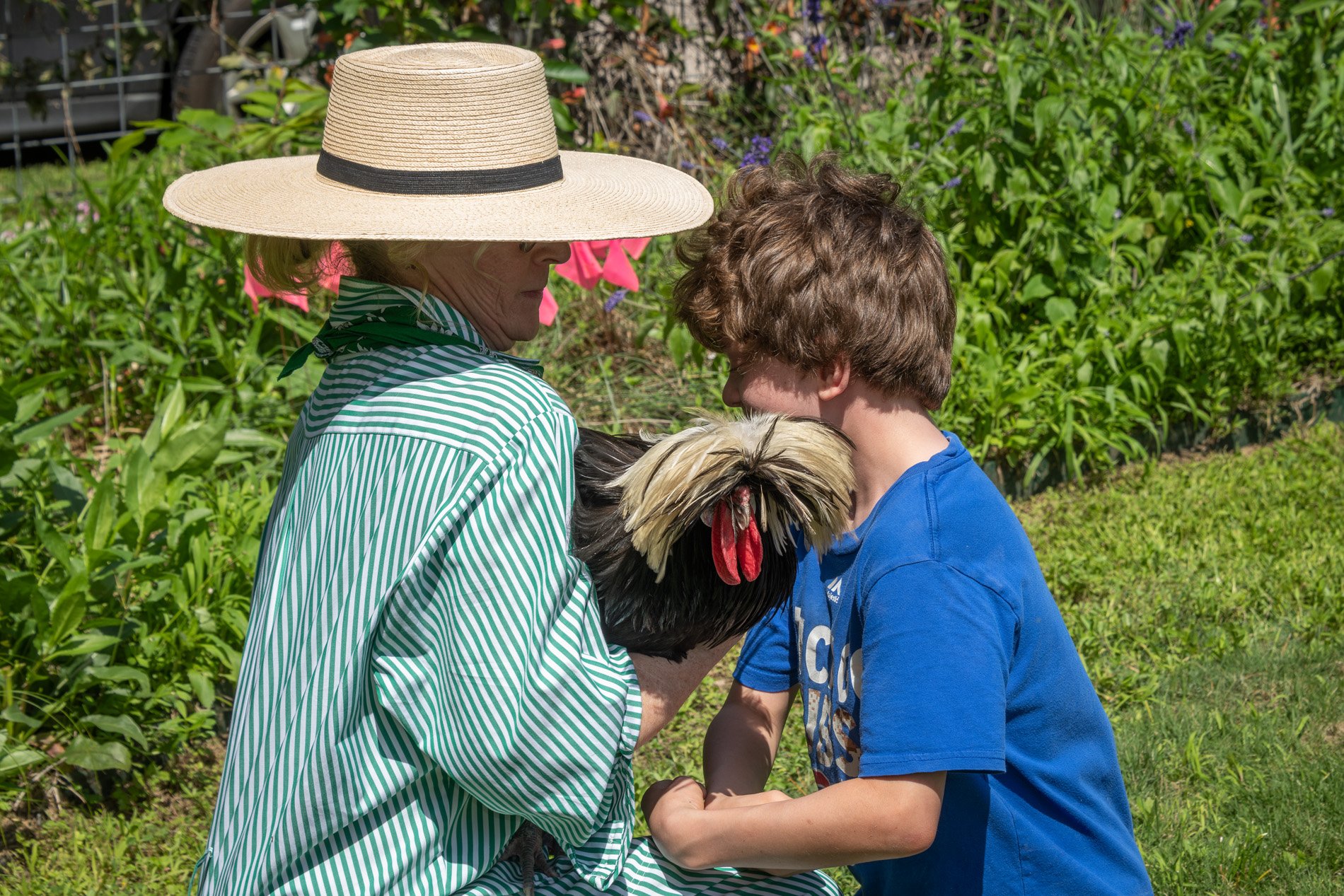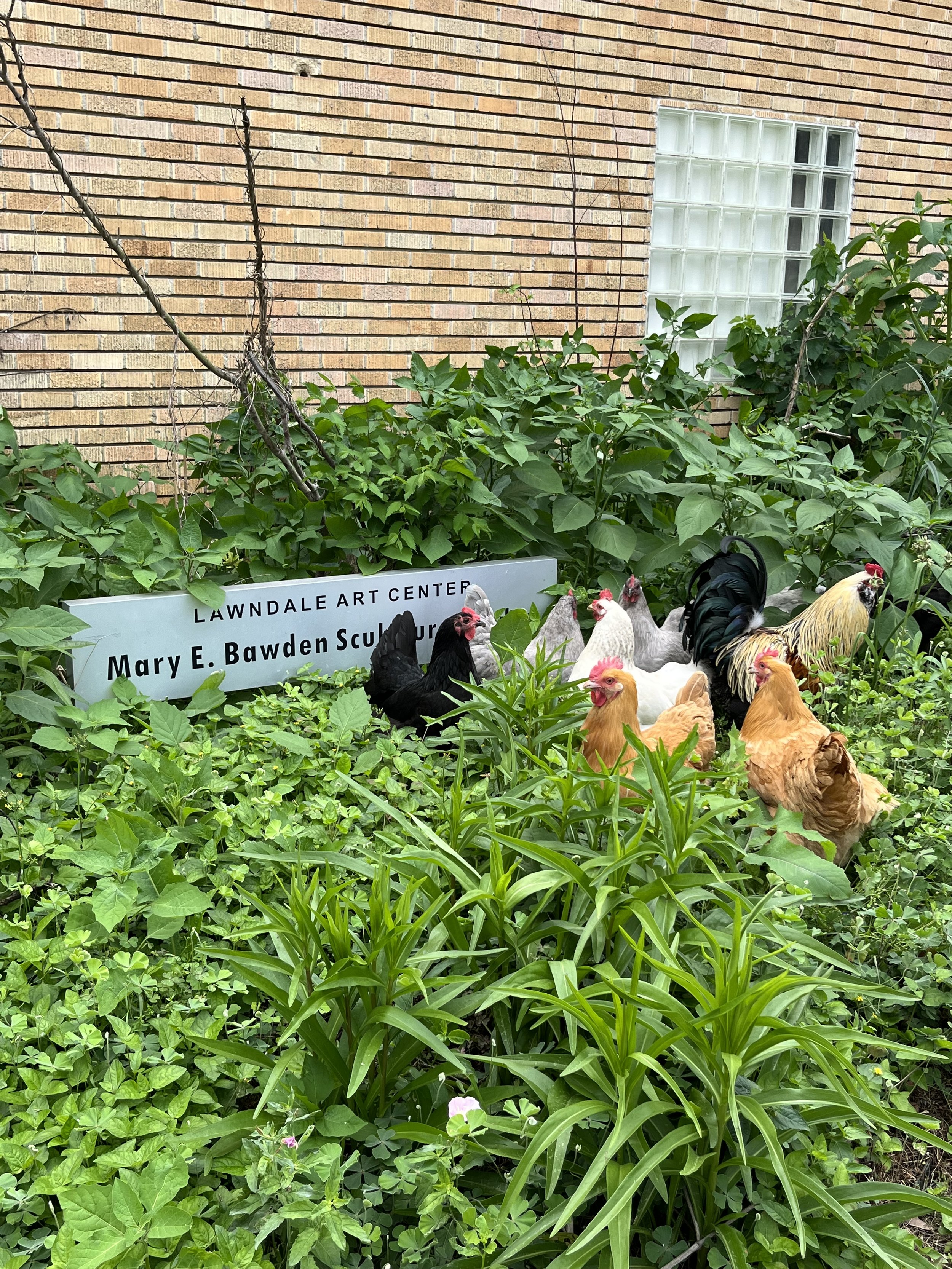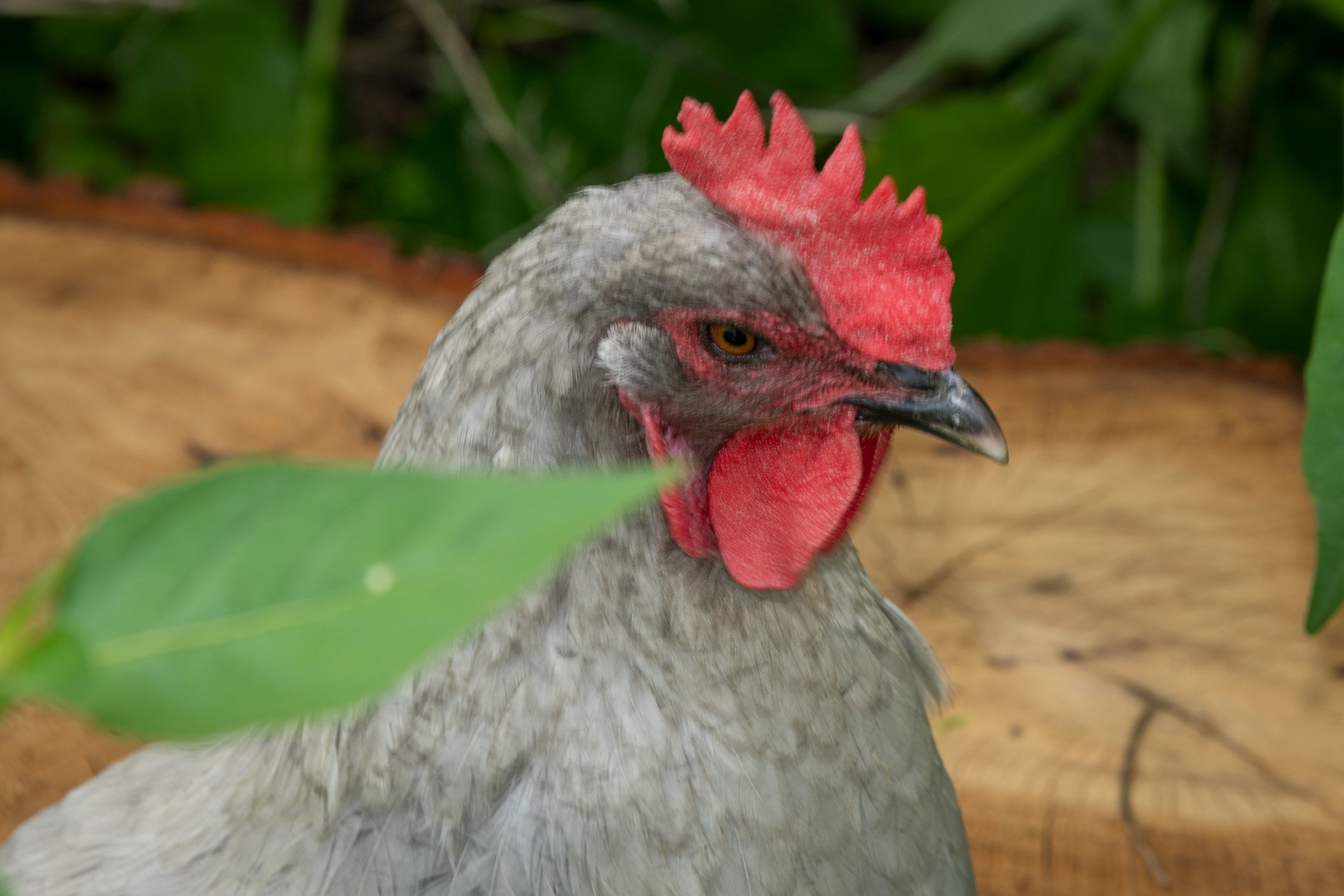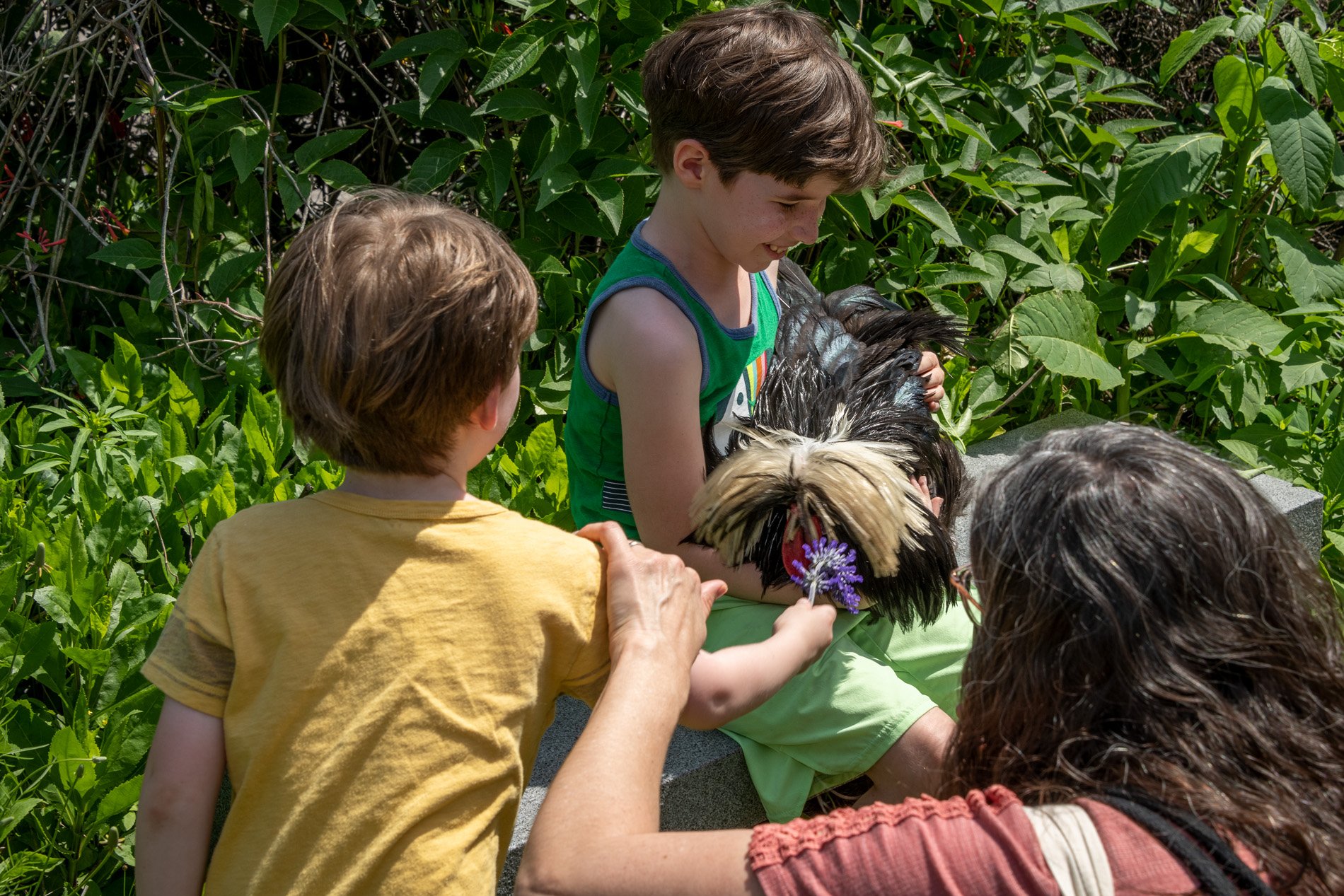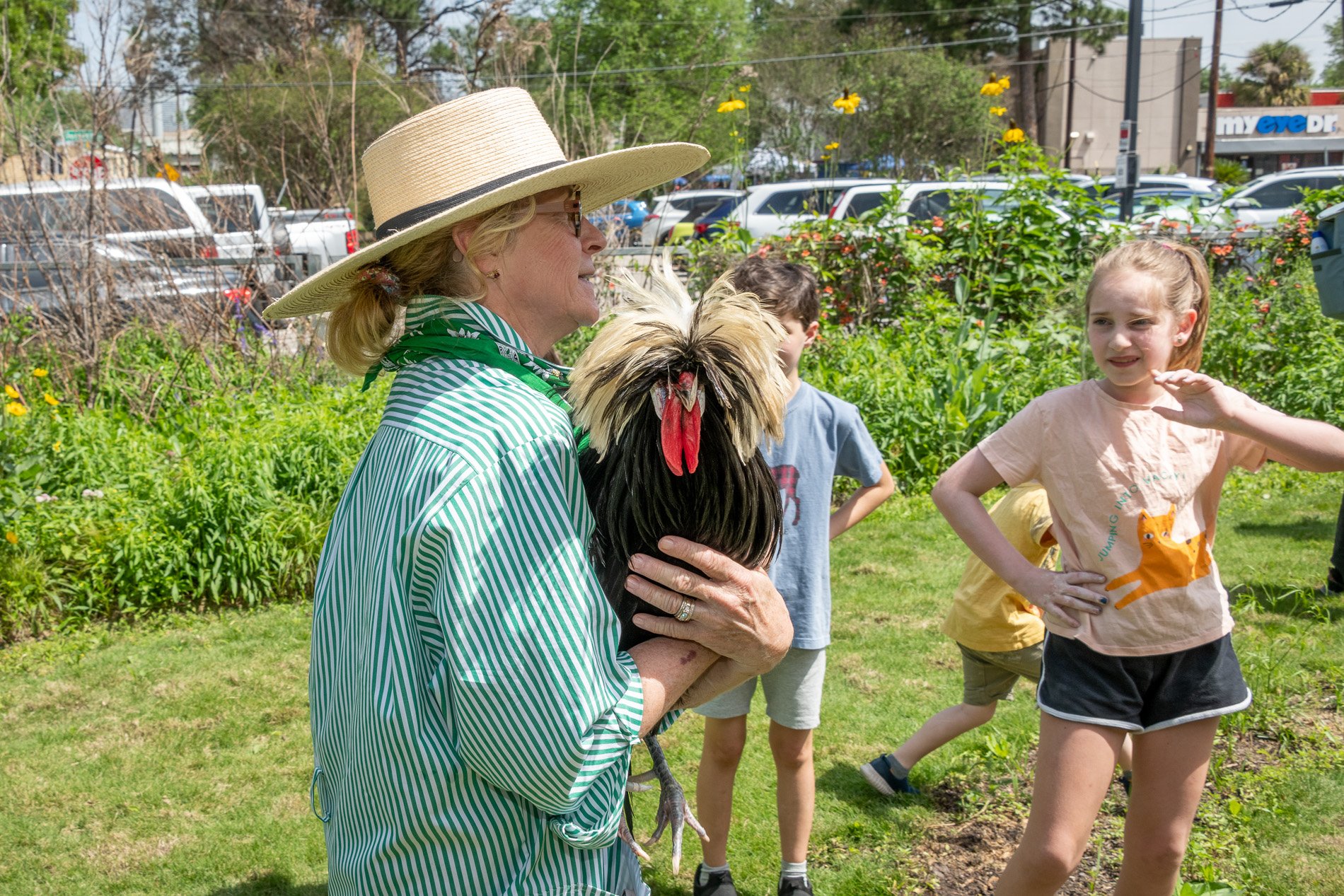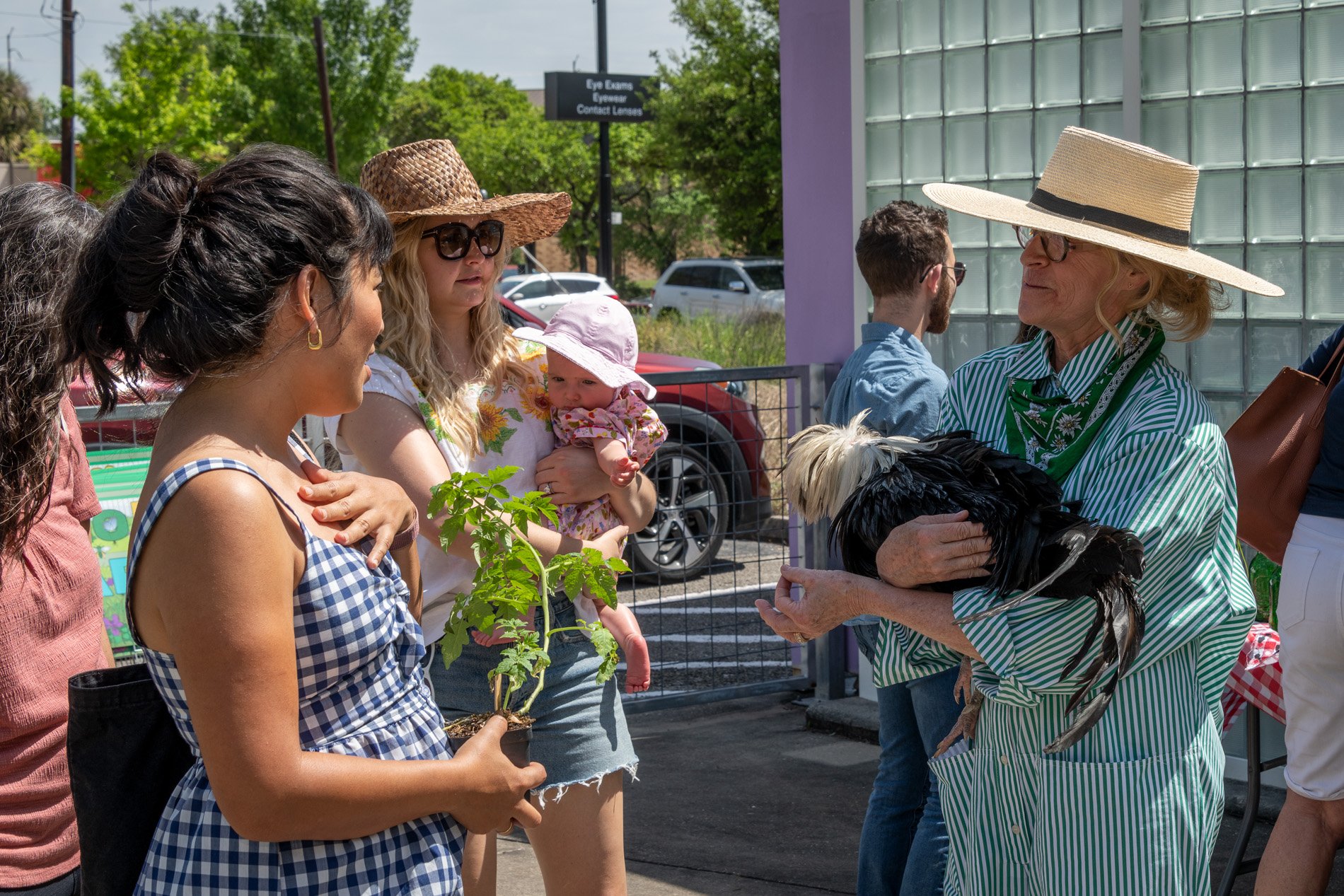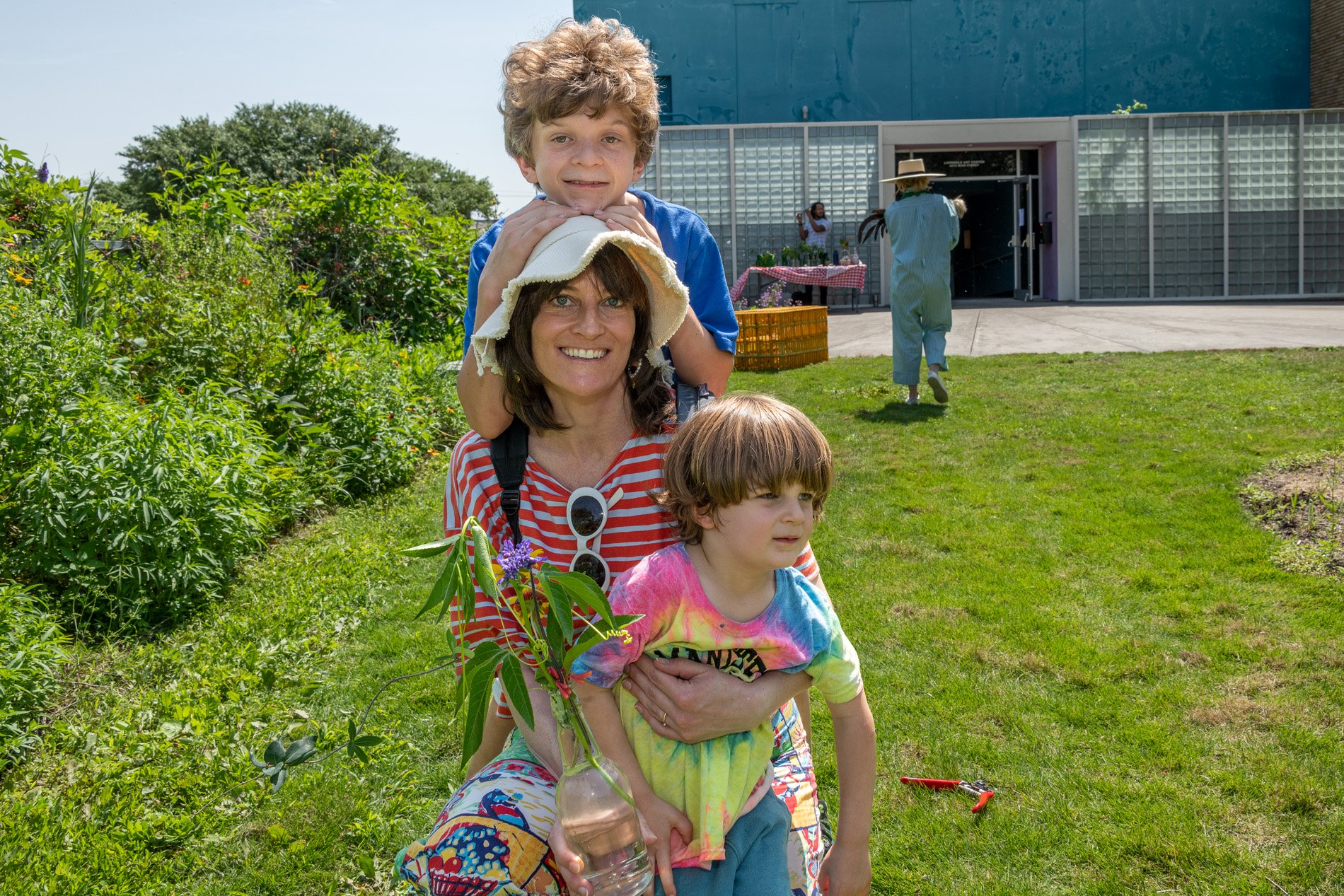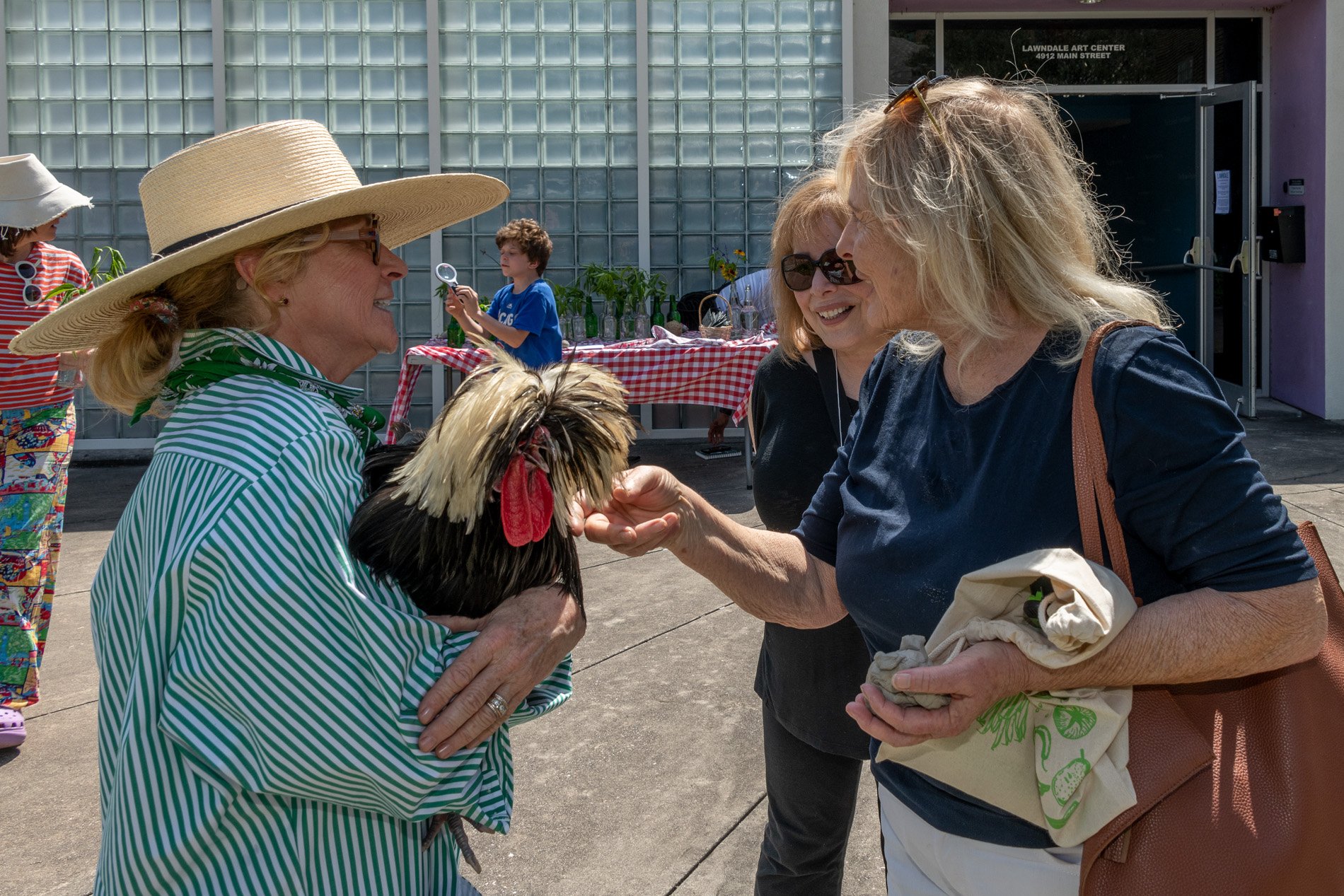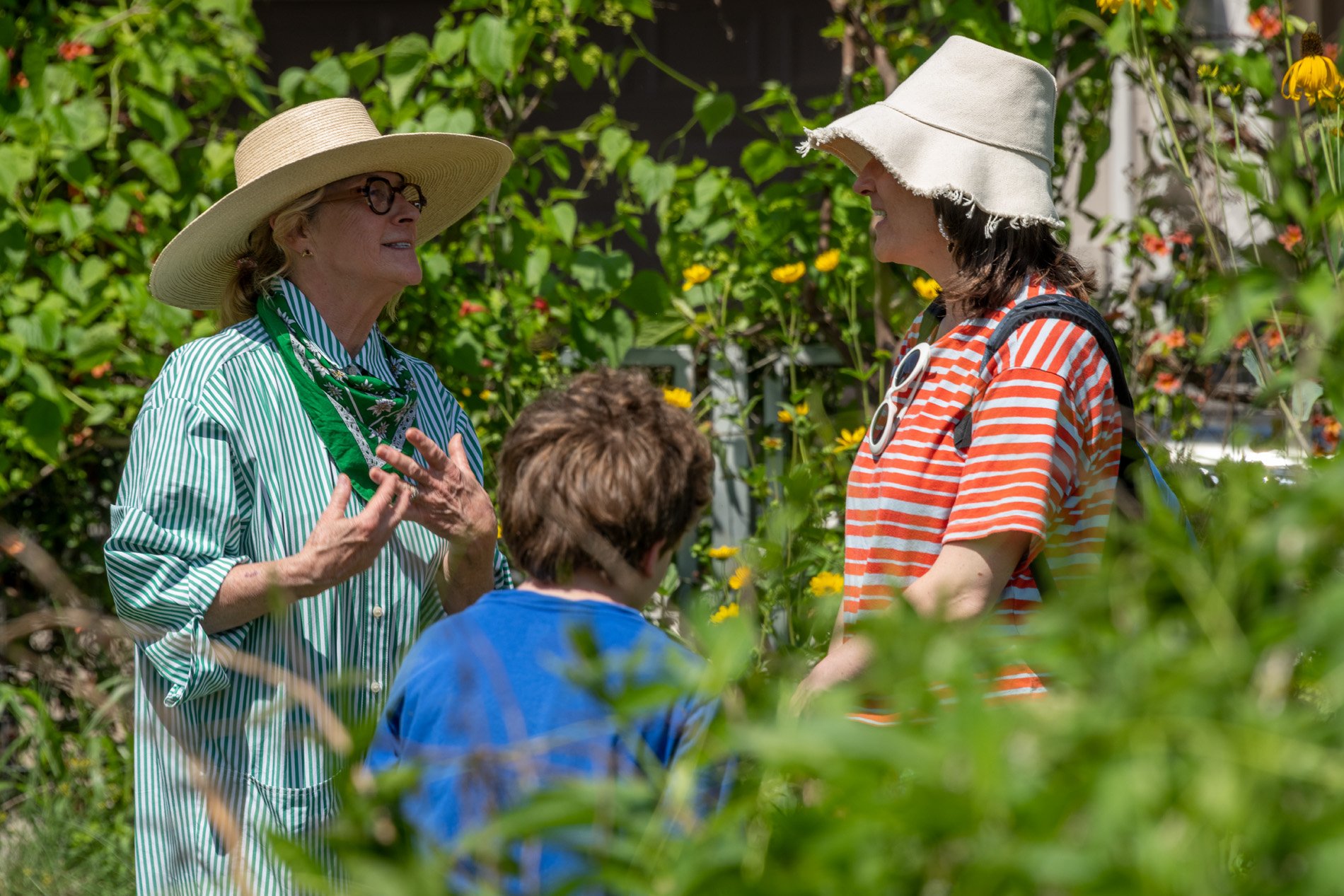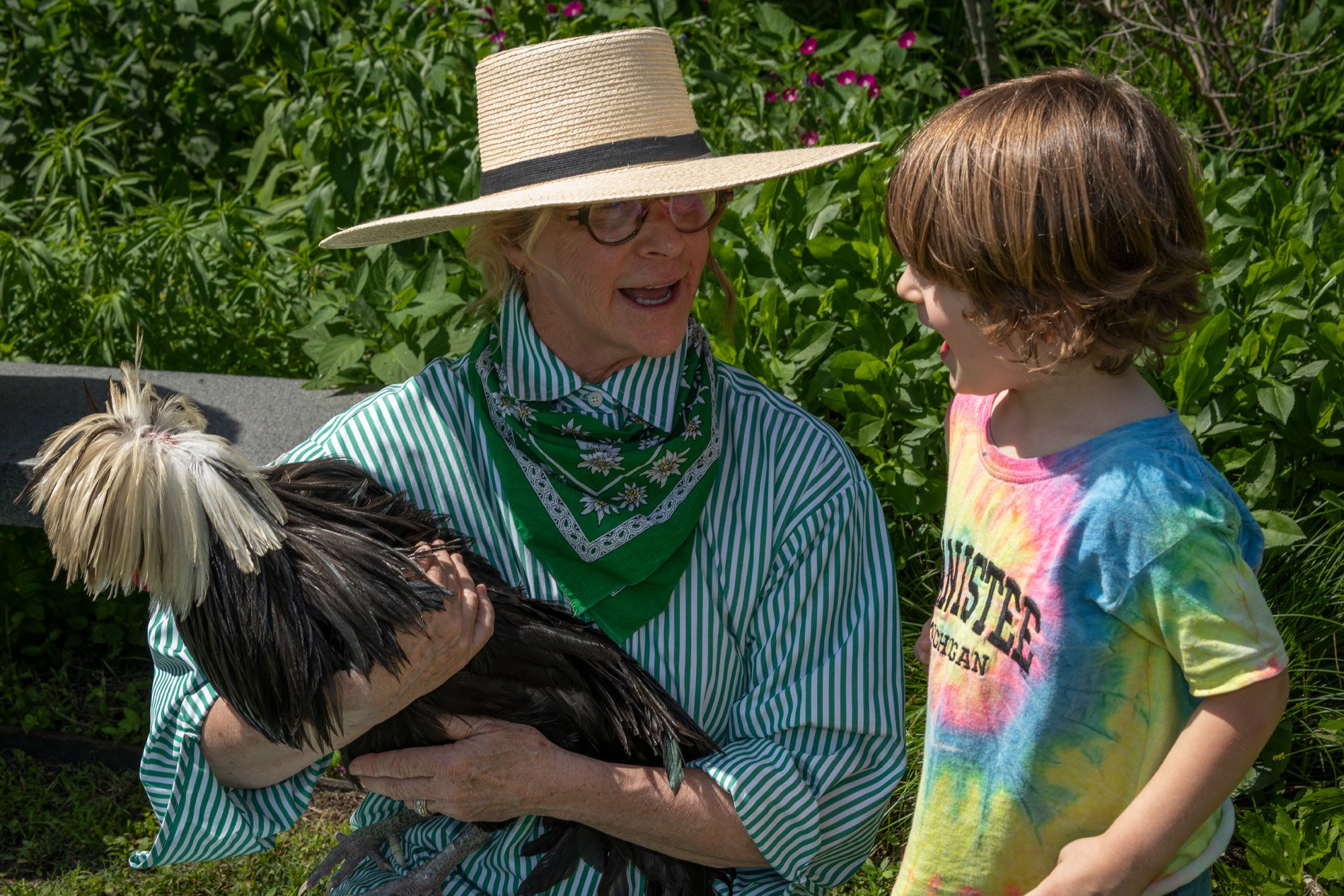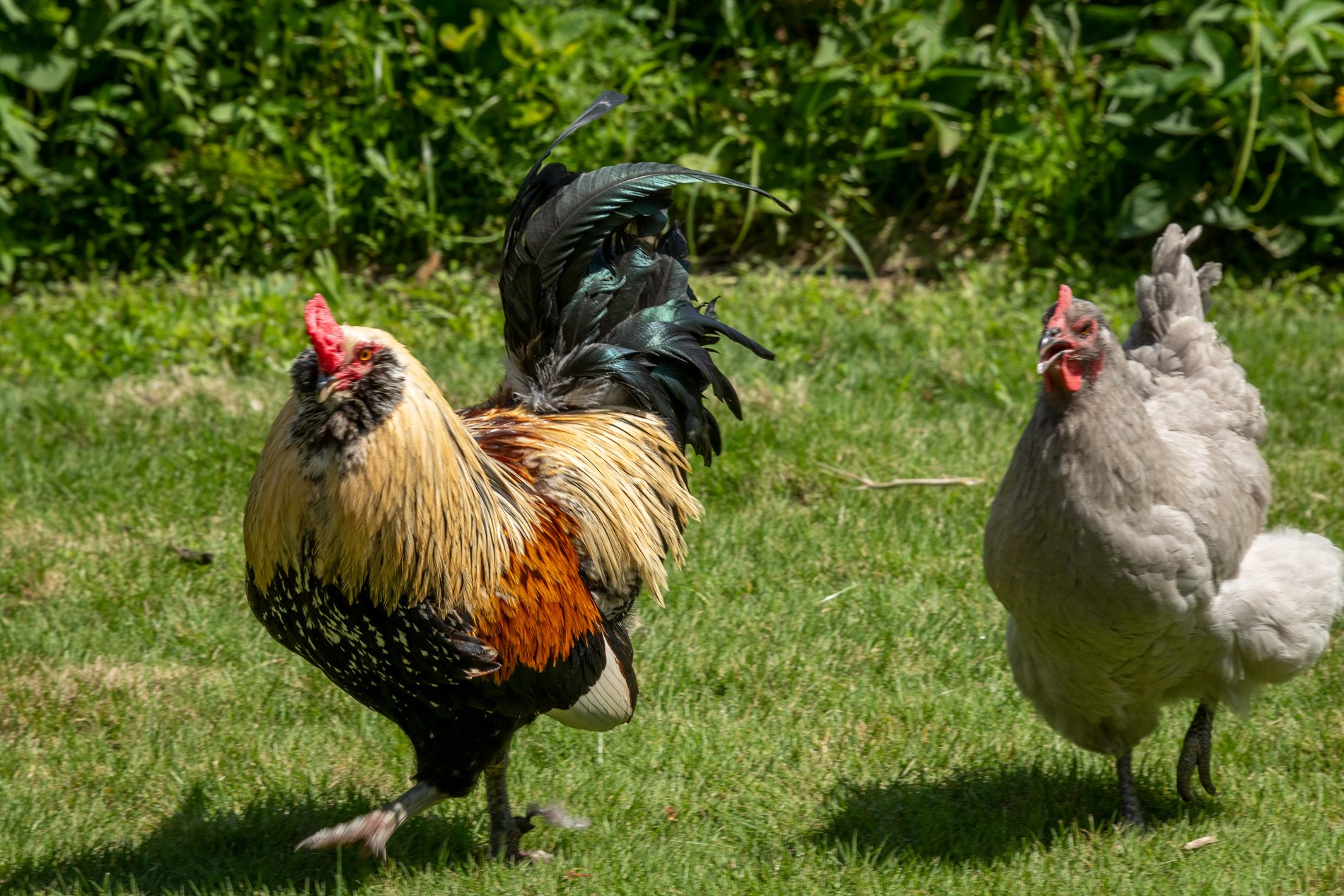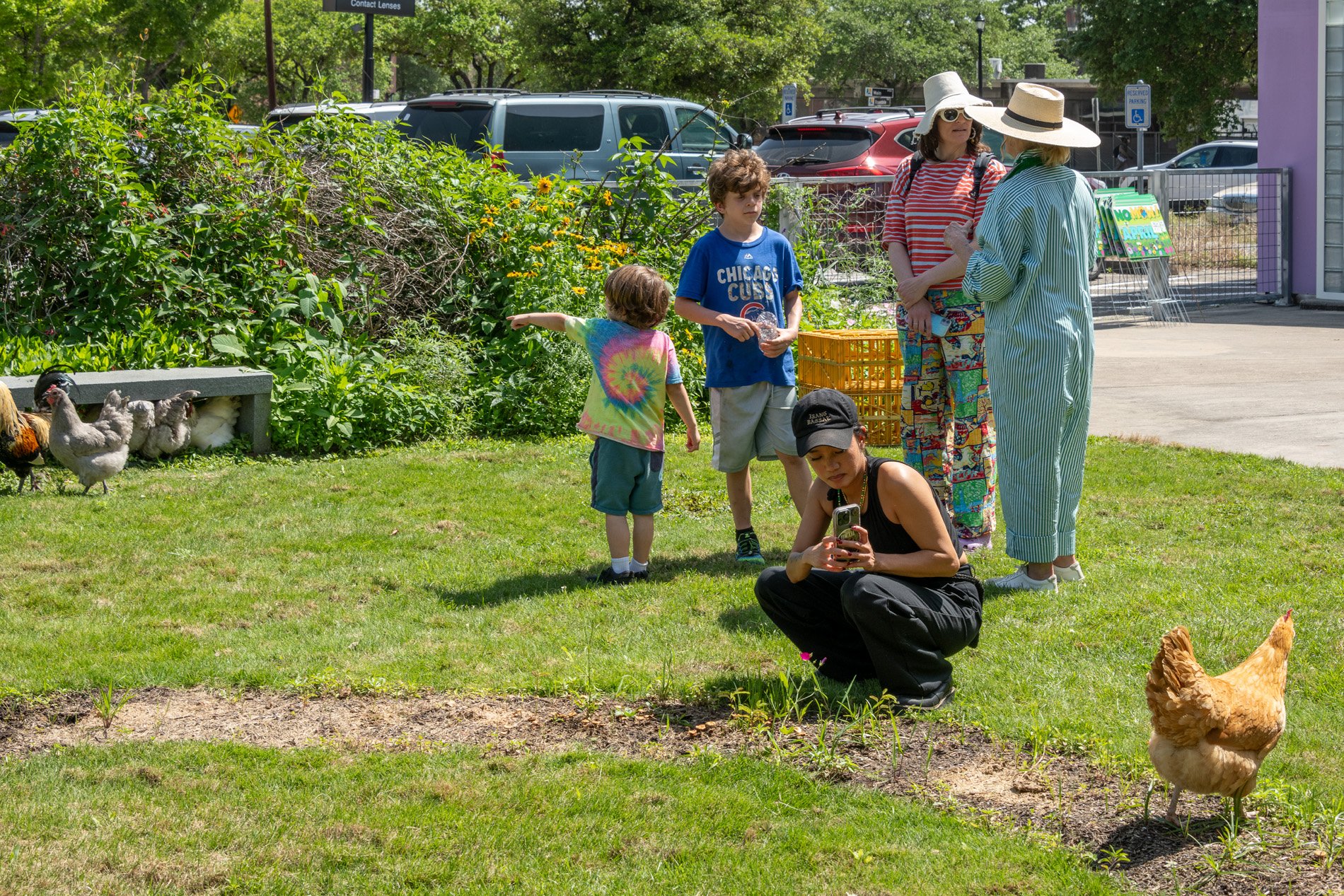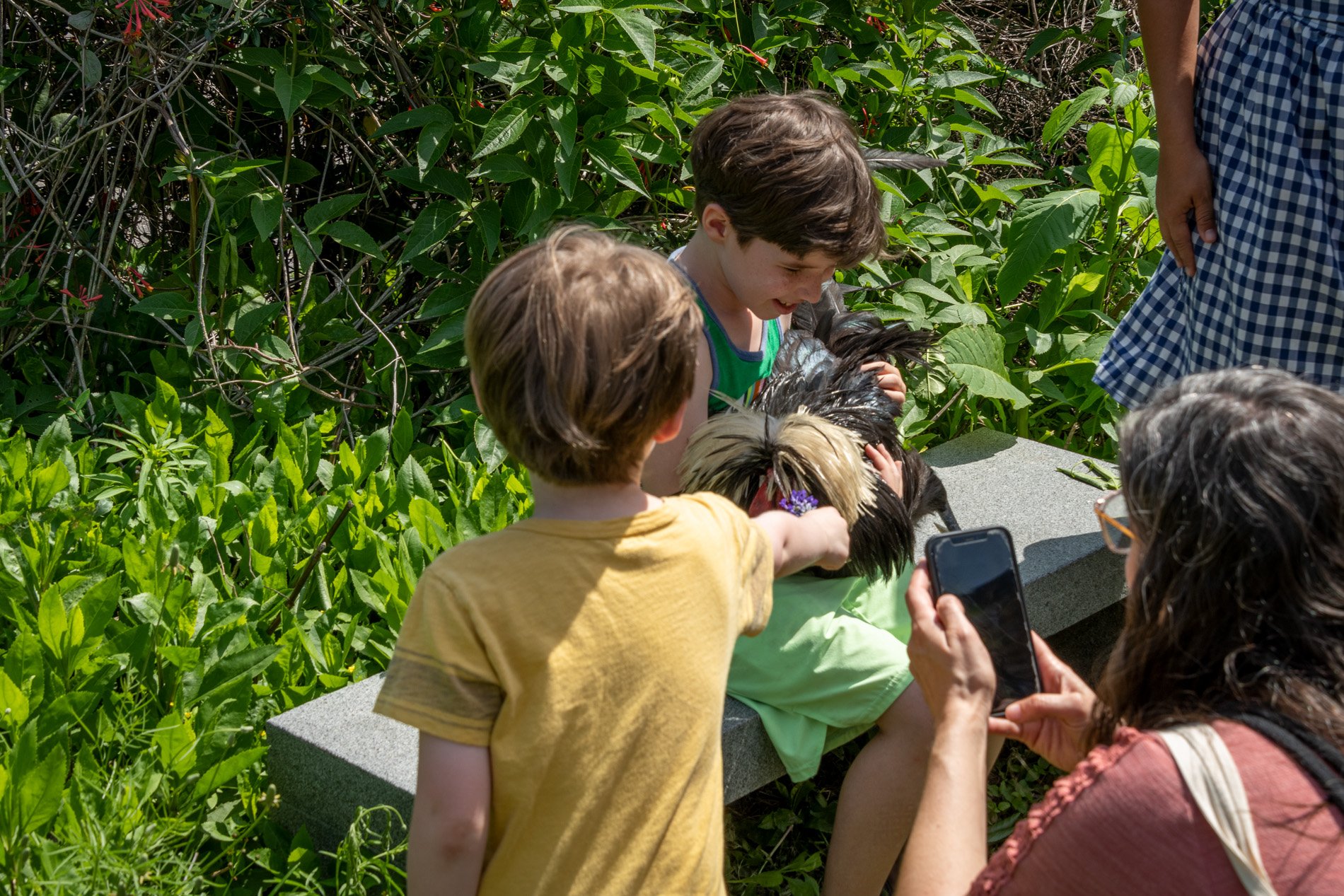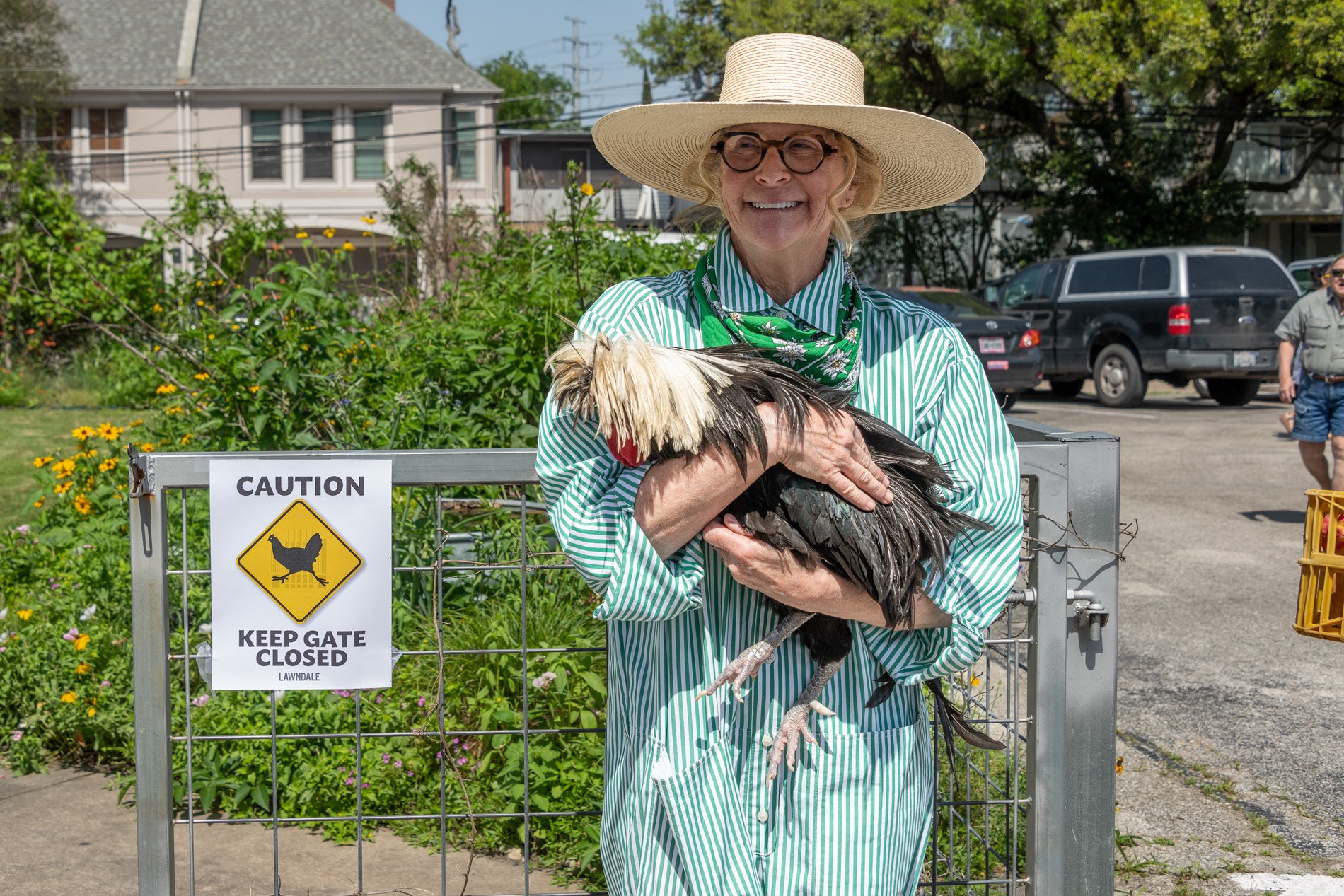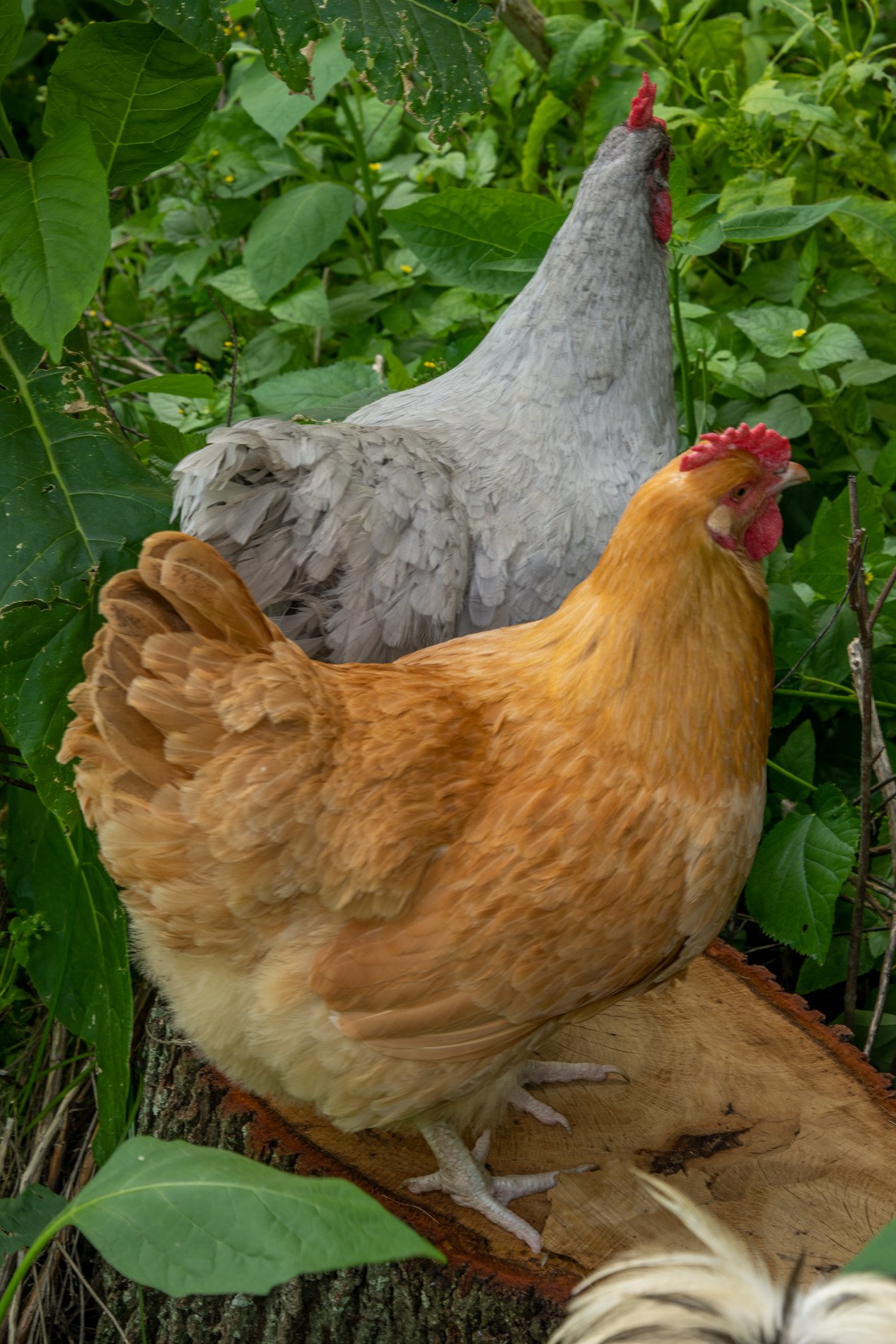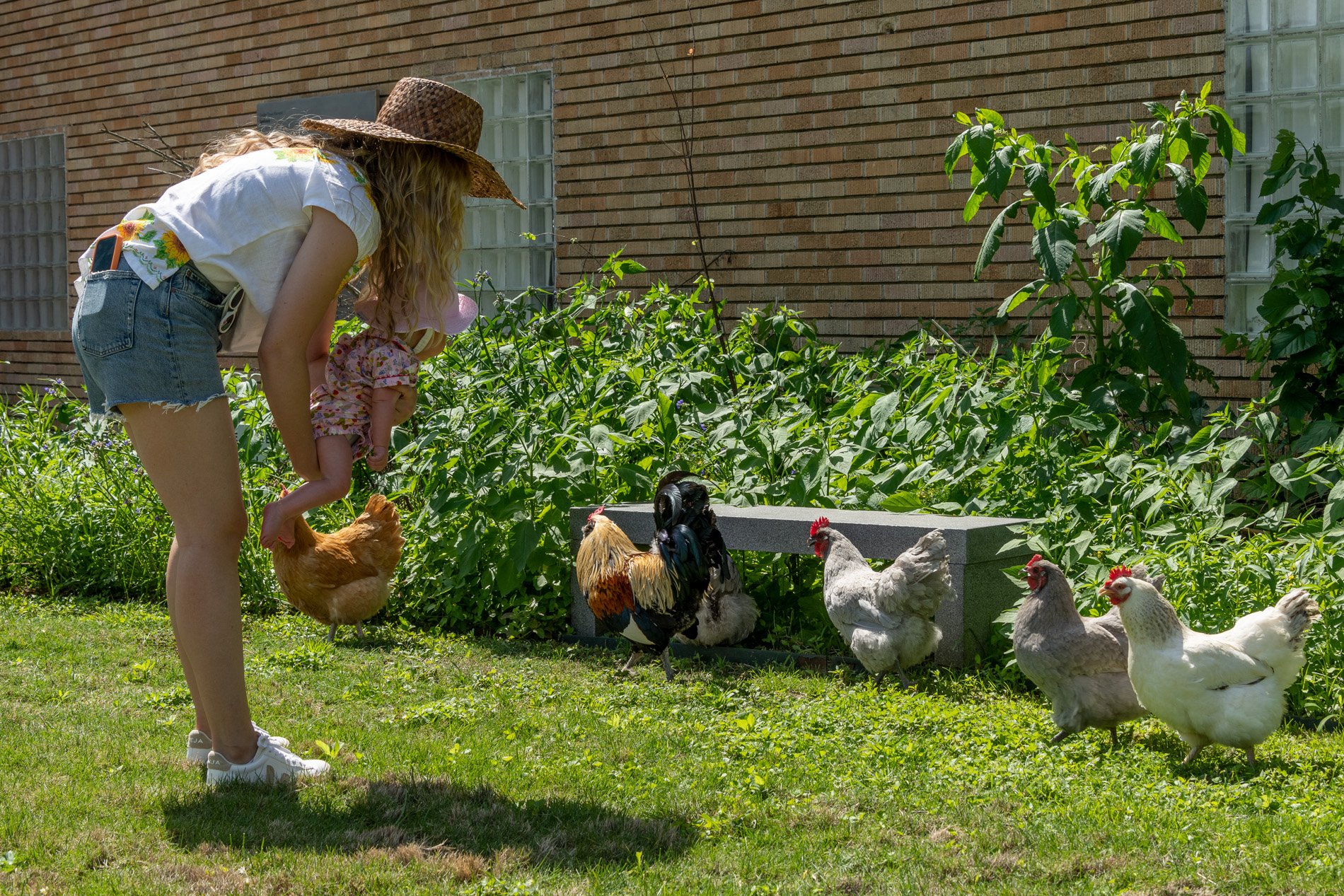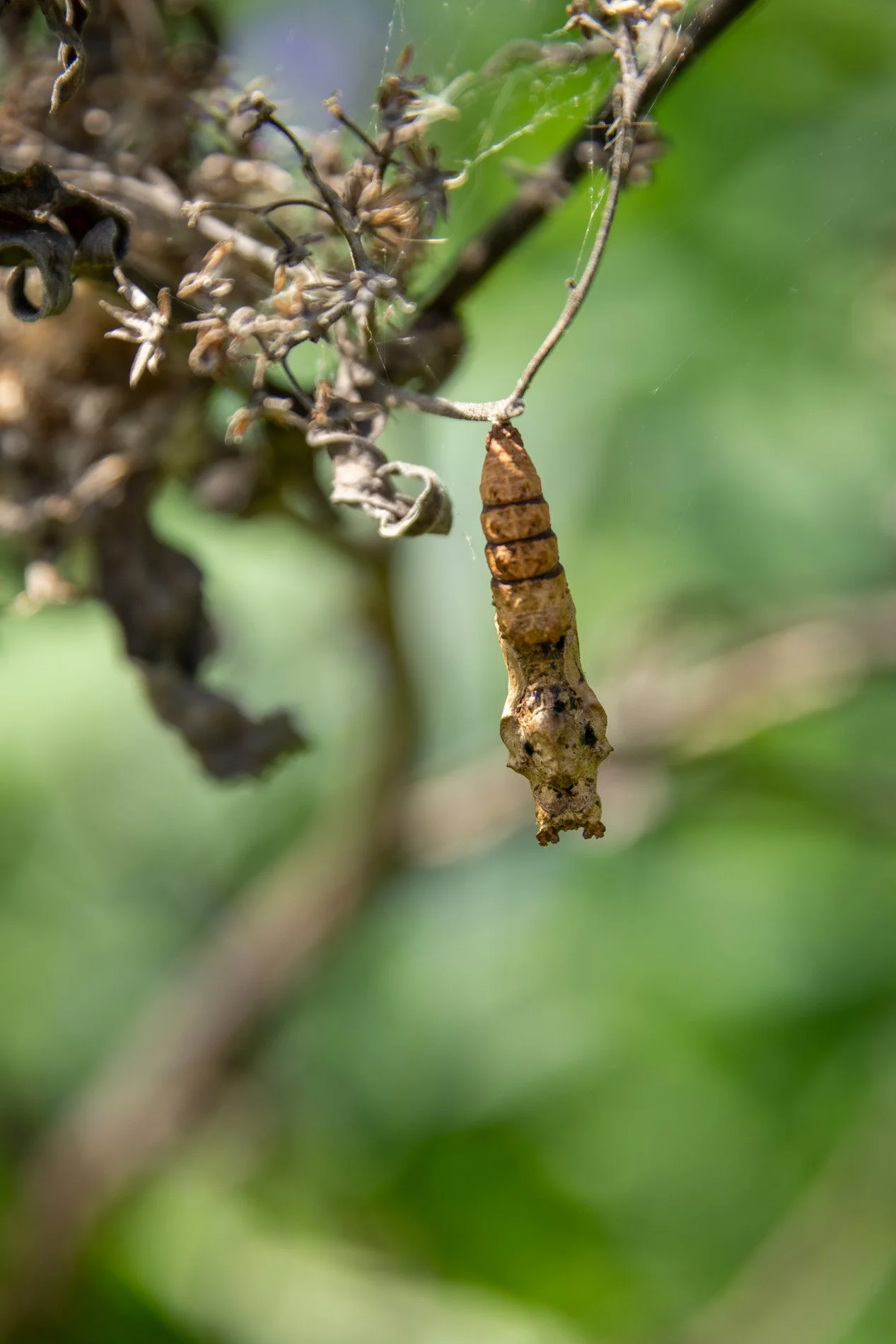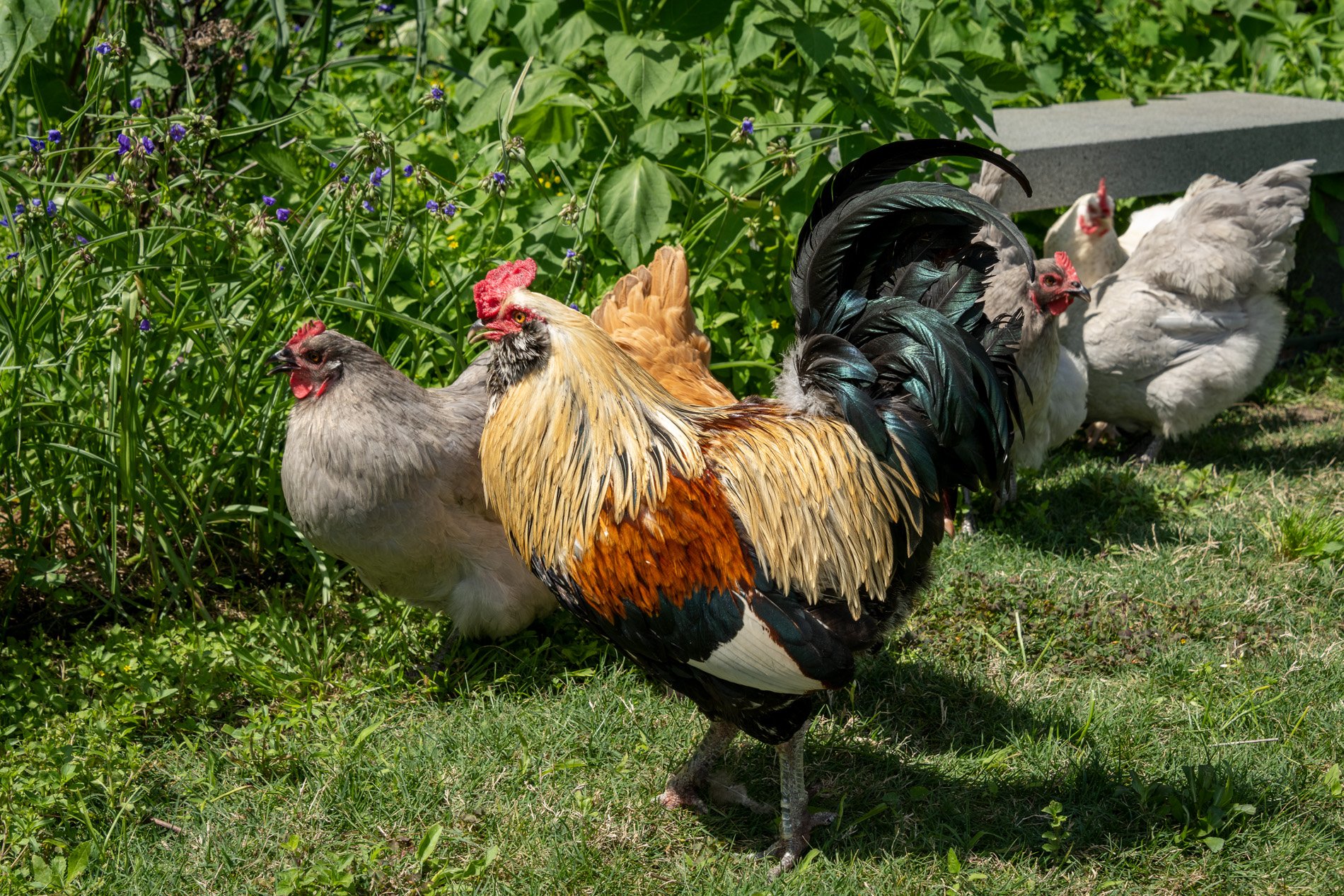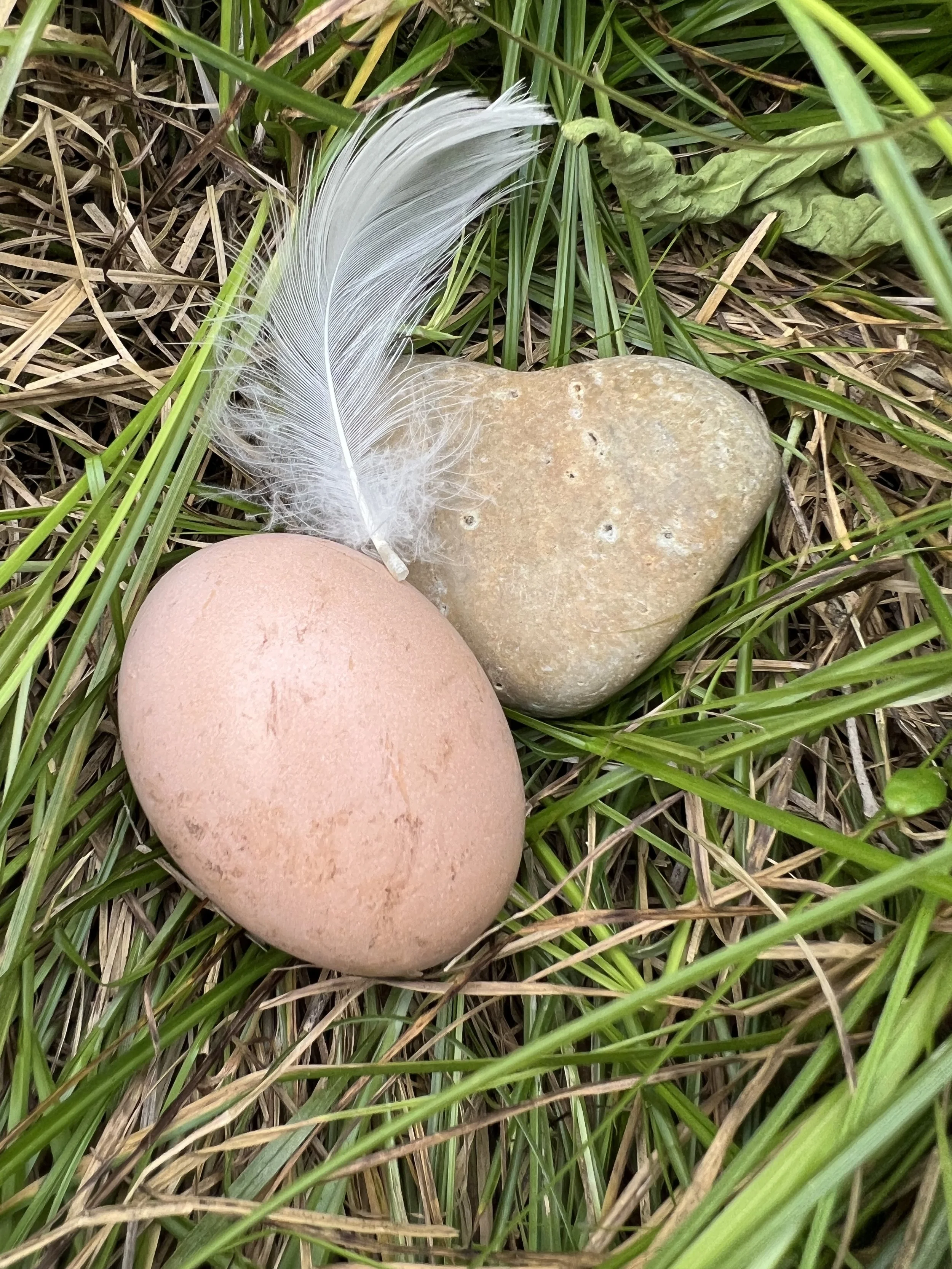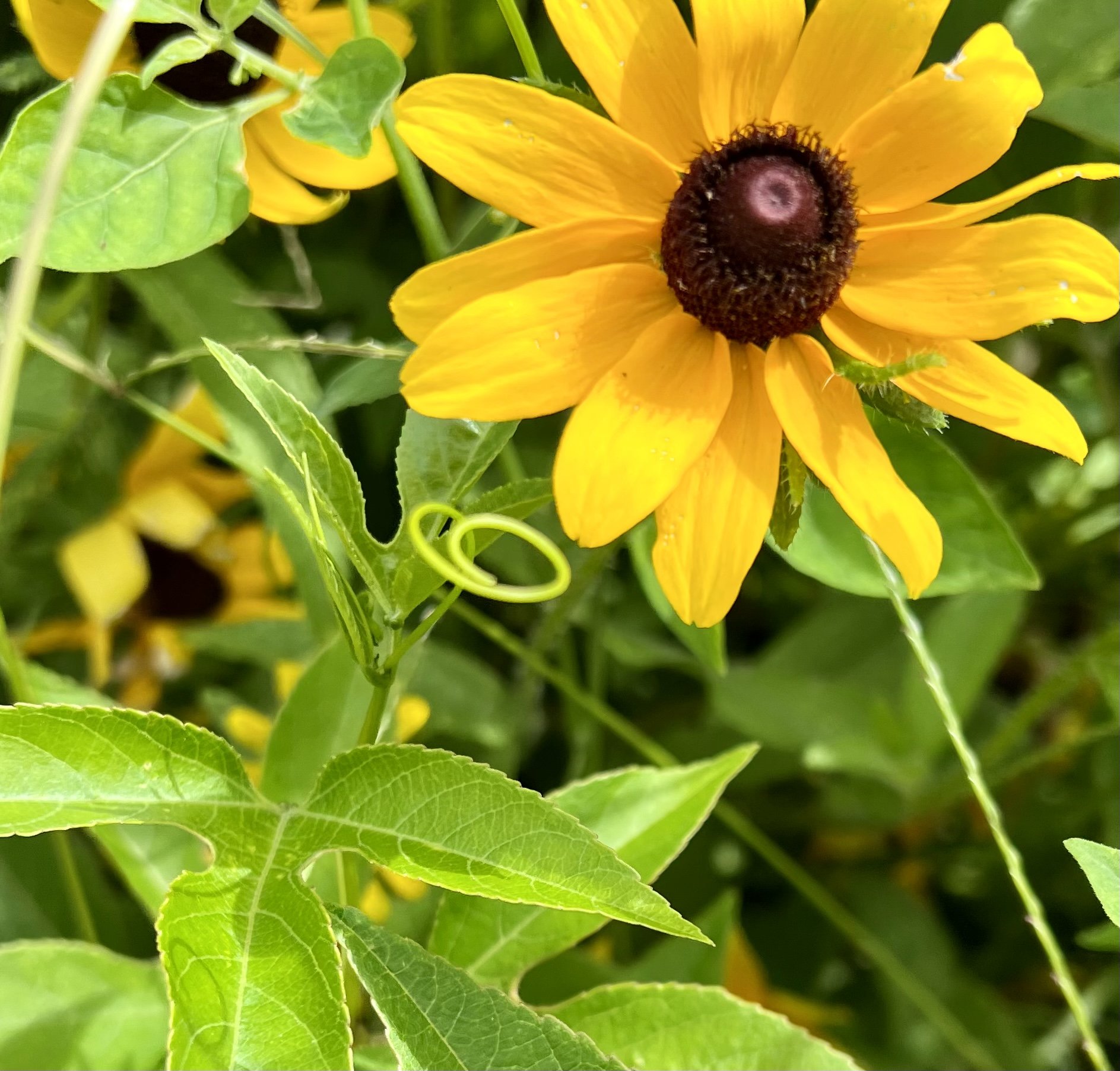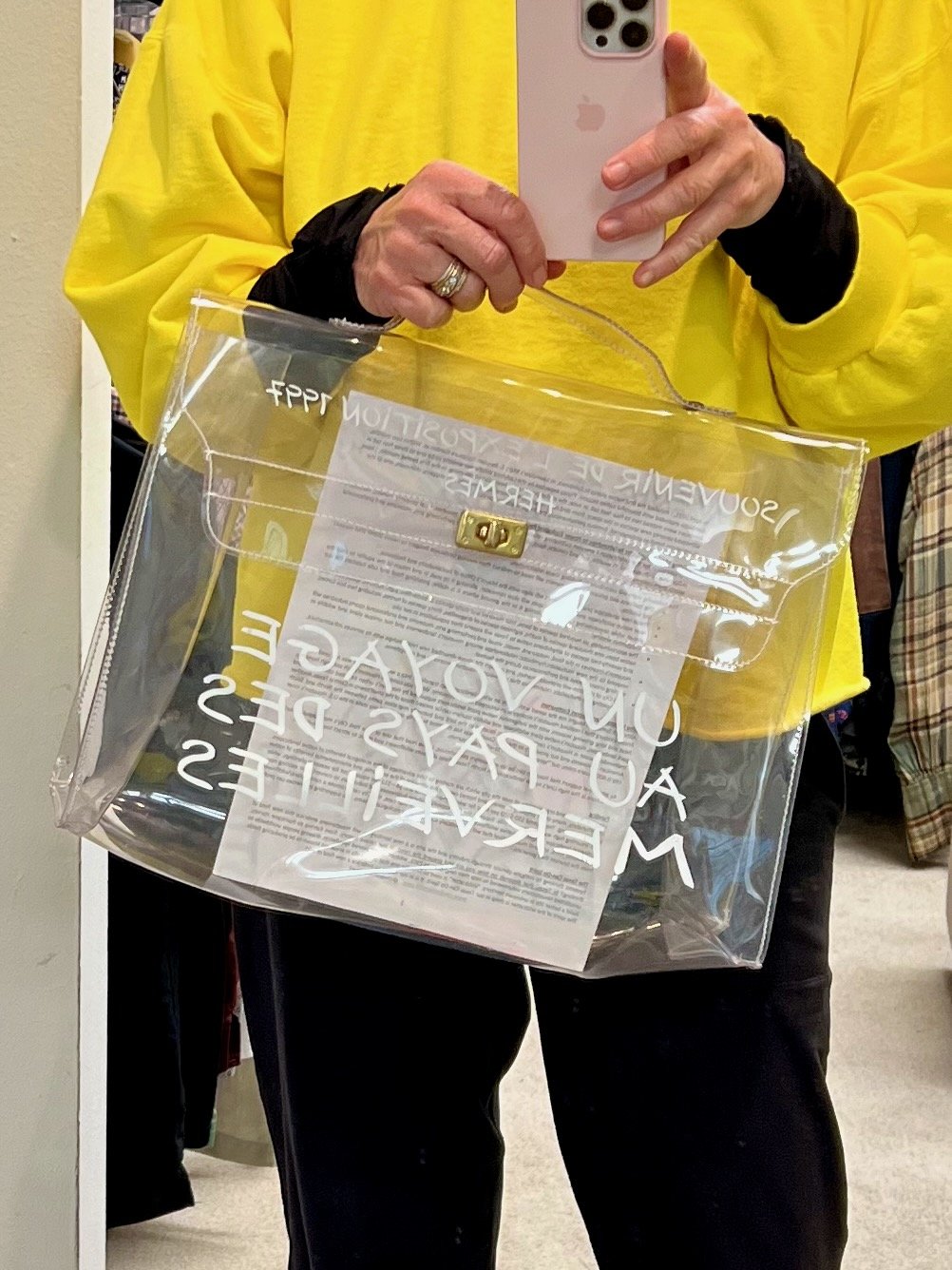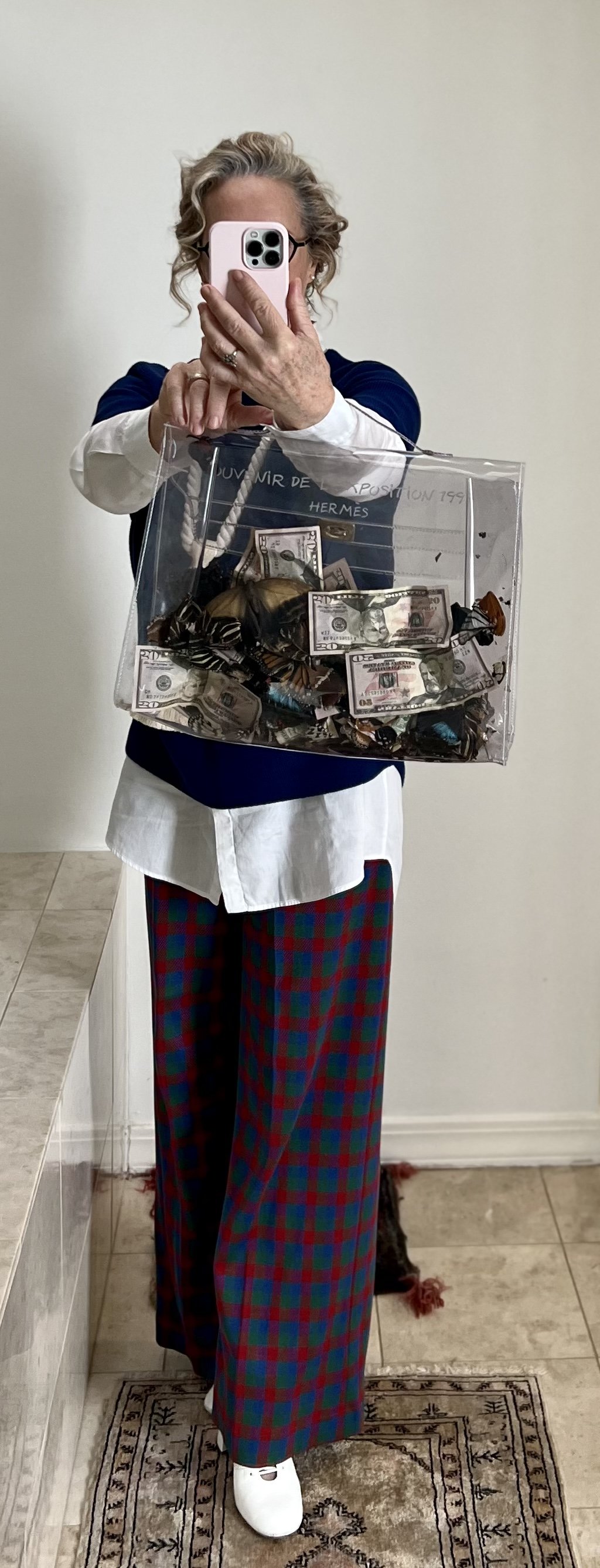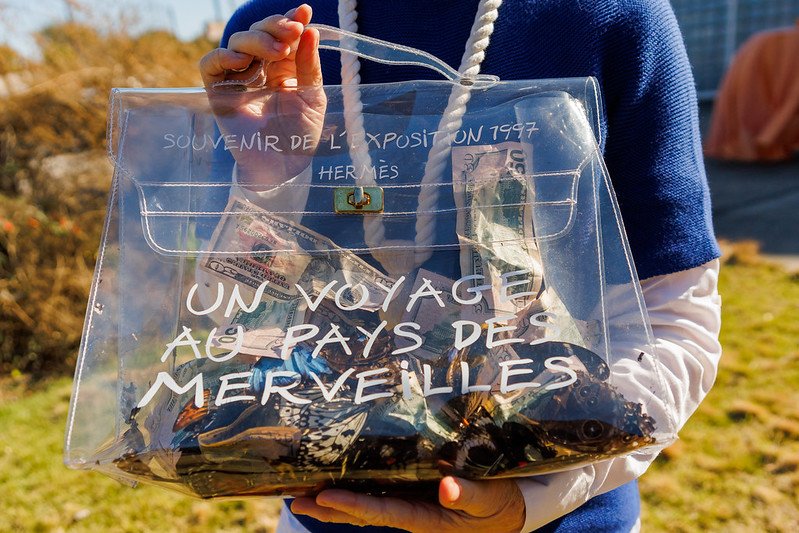Integrating systems theory into my art practice has influenced my work in many ways. It is one of my core beliefs that in order to save the planet it is imperative that every organization, be it large profit-driven or small non-profit, commits to embedding an environmental ethos into their core values. The place to start is with an organizations mission statement.
In a serendipitous encounter with an acquaintance from a prestigious art institution this weekend, I learned of their significant reorganization. I suggested that every institution embed an environmental ethos into their mission statement and then I thought - even Throughline. Throughline is a newly organized Collective that I am a member of.
Today I discussed these thoughts with fellow Throughliner Caro Otero a gifted artist and caring human being. Caro and I are part of the Throughline facilities committee. We discussed that there are steps we can take to improve our day to day operations and become better stewards of the planet.
Envisioning a profound commitment, we proposed to the administration committee to incorporate this spirit into Throughline's mission statement:
It could read something like this-
We vow to serve as Earth's custodians, honoring its natural rhythms. Embracing accountability for our environmental footprint, we strive to operate conscientiously, leaving a positive mark through purposeful actions. We are advocates of planetary regeneration.
Or something that says Throughline cherishes nature and restores the environment through conscious daily actions.
In our role in the facilities committee, Caro and I will examine Throughline's everyday activities as an organization and consider ways to operate more responsibly and advocate for the planet. We will re-evaluate these procedures annually.
Please pass this idea on to your organizations and incorporate planetary responsibility into your bylaws.
Besides making greener choices in the products we buy, such as disposable cups and beverages, our treatment of urban landscape and protection of Earth’s living soil is a powerful way reduce our carbon footprint and support biodiversity.
There is tremendous power in the collective action of small acts.













